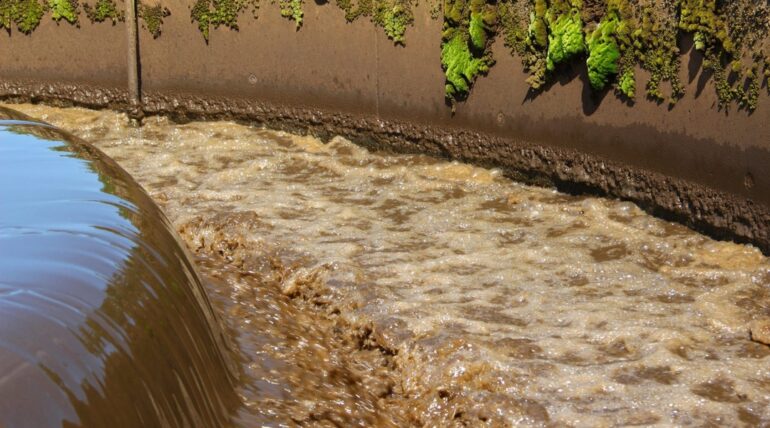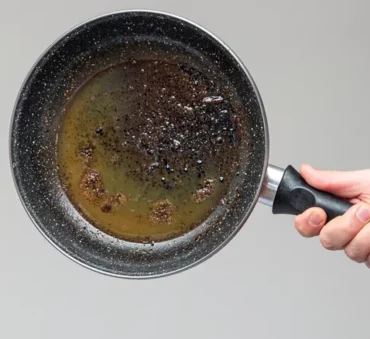The exploration of environmental sustainability frequently leads us to intriguing topics. One such area of interest, often overlooked but immensely vital, is wastewater sludge treatment. It is a substance that can no longer be ignored in conversations about environmental conservation and sustainability. Its proper treatment is not merely an environmental concern but has profound implications on public health, economic efficiency, and our overall quality of life.
Through this article, we aim to shed light on the intricate world of sludge management in wastewater treatment and guide you through the multifaceted processes involved in its treatment.
What is wastewater sludge?
Sludge is essentially a semi-solid by-product precipitated during wastewater treatment processes. It’s a complex mixture that usually contains water, organic material, inorganic material, pathogens, and sometimes metals or other potentially harmful substances.
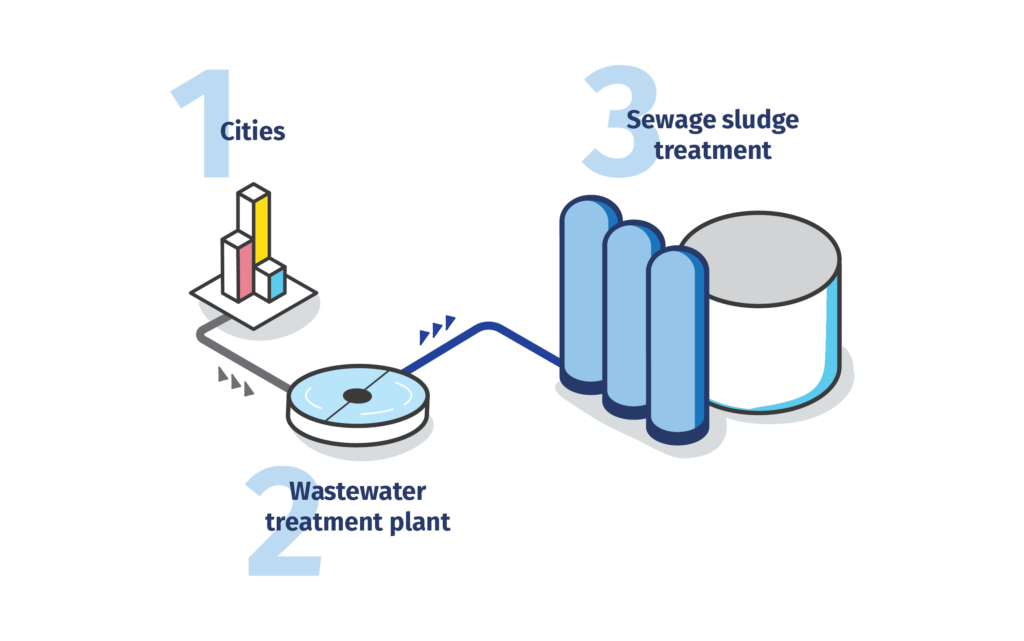
Types of sludge in wastewater
Primary Sludge
This is the sludge generated during the initial phase of wastewater treatment, primarily through the sedimentation of heavy solids, and is mainly made up of organic and inorganic matter that can easily settle down due to gravity.
Secondary or Biological Sludge
This type of sludge emerges after the primary treatment, where microorganisms are employed to decompose the organic matter further. It contains microbial biomass that was used to remove impurities from the wastewater.
Tertiary Sludge
In more advanced treatment facilities, tertiary sludge is produced during the final treatment stages, often containing micro-pollutants or other specific substances targeted in this phase.
Chemical Sludge
Certain treatment processes involve the use of chemicals, creating a specific form of waste known as chemical sludge.
Mixed Sludge
Mixed sludge refers to the combination of primary and secondary sludge, often found in facilities where both types of treatment are carried out in conjunction.
Sludge Treatment Technologies
Various technologies are used to reduce the volume of sludge, neutralize hazardous substances, and transform the sludge into a form that can be safely disposed of or beneficially reused. These often include:
Anaerobic digestion
An effective biological treatment, anaerobic digestion decomposes organic matter in the absence of oxygen. This process is very effective as it reduces the amount of sludge, destroys pathogens, and generates biogas that can be captured and used as a renewable energy source. The product of this process, known as “digestate,” can be further treated and used as a soil conditioner.
Thermal hydrolysis
This process employs heat, pressure, and water to disintegrate the long-chain molecules in the sludge. The resultant material is more easily digestible by microbes in the subsequent stages, making the process more efficient.
Pyrolysis
Pyrolysis is a thermochemical process that decomposes organic materials in sludge by heating in the absence of oxygen. This process produces biochar, a valuable soil conditioner, along with syngas and bio-oil that can be used as fuels.
Gasification
Gasification is another thermochemical process that converts organic substances within the sludge into a gas composed primarily of carbon monoxide and hydrogen, known as syngas. This syngas can be further processed to generate electricity and heat.
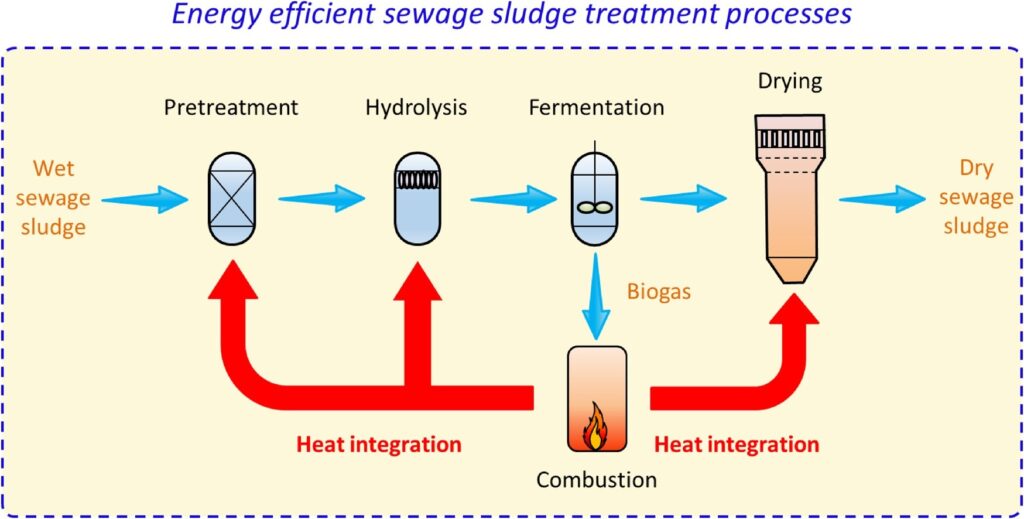
The Wastewater Sludge Treatment Process
Preliminary treatment
The first line of defense in any wastewater treatment facility is the preliminary treatment, which involves the removal of large solid objects and grit that could potentially damage the treatment equipment or hinder subsequent processes.
- Screening: It’s the first step, where wastewater flows through screens that trap and remove larger solid materials such as rags, plastic packets, and other debris. This prevents potential damage and clogging of pumps and pipelines in the treatment facility.
- Grit removal: here, sand, small stones, and grit are removed from the wastewater. These are heavier solids that could settle in pipelines, causing maintenance issues and inefficiencies in treatment processes.
- Fat and grease removal: these substances can solidify and stick to the inner walls of pipes and tanks, causing blockages. This typically involves a process of skimming after the wastewater has been allowed to settle.
Primary treatment
The wastewater now moves to the primary treatment stage. Here, the focus is on removing suspended solids and organic matter from the wastewater through physical processes.
- Sedimentation: this process is central to primary treatment. Wastewater is held in a quiescent basin where heavier solids can settle to the bottom due to gravity, forming a sludge that is subsequently removed.
- Clarification: this step is carried out in a clarifier tank. Here, heavier particles sink to the bottom, while lighter particles float to the top. The clear water in between is collected and moved onto the next stage of treatment.
Secondary treatment
Secondary treatment takes care of the dissolved organic matter that escapes primary treatment. This process typically involves biological treatments to further cleanse the wastewater.
- Aeration: during this process, air bubbles through the wastewater. This helps to mix the wastewater and expose the bacteria to oxygen, which they require to break down organic matter.
- Biofiltration: it involves passing wastewater through a bioreactor that supports the growth of bacteria and other microorganisms. These microorganisms consume organic pollutants in the wastewater, effectively cleaning it.
- Activated sludge process: In this process, air and seed sludge from the plant’s sludge recycle are introduced to the wastewater. The mixture is vigorously aerated and agitated to encourage the growth of aerobic bacteria and other microorganisms that consume the pollutants in the wastewater.
Tertiary treatment
Tertiary treatment is the final cleaning process that improves wastewater quality before it is reused, recycled, or discharged.
- Filtration: it removes any remaining suspended solids. It is usually achieved by passing the wastewater through sand filters, although other filtering mediums can also be used.
- Disinfection: it’s performed to kill any pathogenic bacteria and viruses that could pose a risk to public health. This can be achieved through methods such as chlorination, ultraviolet radiation, or ozone treatment.
Sludge treatment
Sludge treatment is a critical part of wastewater treatment that focuses on the concentrated solids removed during the treatment process.
- Thickening: it’s the first step in sludge treatment and involves the reduction of water content in the sludge, which decreases its overall volume, thus reducing the cost of subsequent treatment processes.
- Stabilization: it aims to reduce the sludge’s odor and pathogenic organisms. This can be achieved through processes such as anaerobic digestion, aerobic digestion, or composting.
- Dewatering: aims to further reduce the water content of the sludge to prepare it for final disposal. This can be achieved through methods such as centrifugation, filtration, or drying beds.
- Disposal: the final disposal of treated wastewater sludge varies depending on local regulations and possibilities for beneficial use. Depending on the treatment level, it can be disposed of in a landfill, incinerated, or used for land application as a soil conditioner or fertilizer.
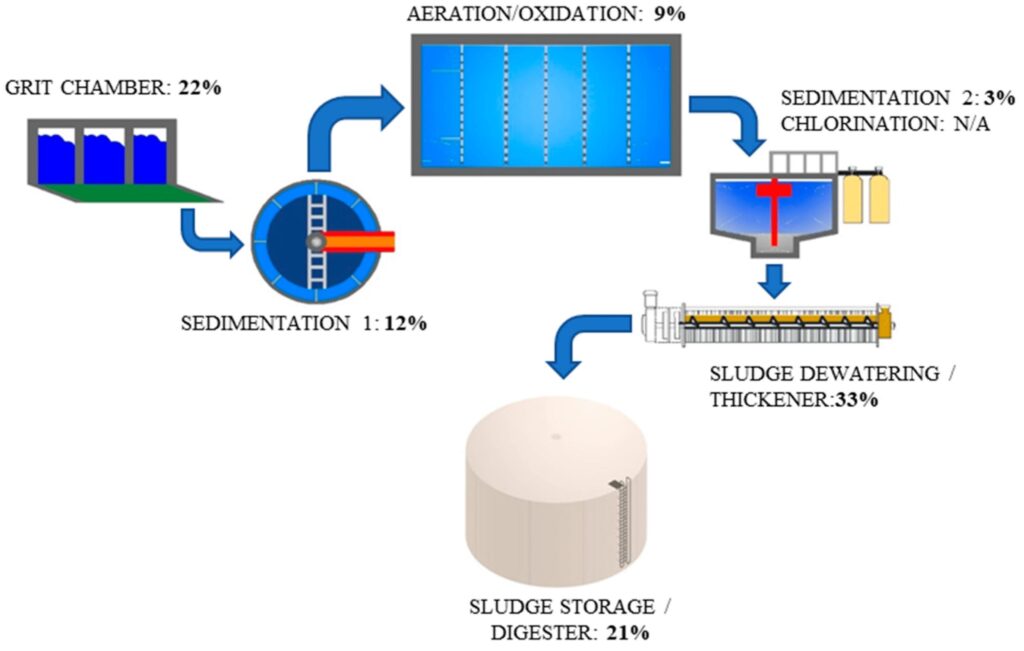
Environmental and Health Benefits Wastewater Treatment
The proper treatment of wastewater sludge serves multiple critical benefits, both to society and the environment. Primarily, it protects public health and natural surroundings by removing harmful pollutants, including pathogenic organisms, heavy metals, and organic matter, which could otherwise contaminate water bodies, soil, and the food chain. This process effectively mitigates the risks of waterborne diseases, ecosystem degradation, and biodiversity loss.
Beyond that, well-managed sludge treatment can also contribute to resource recovery. It can be repurposed into valuable products like biofuel or fertilizers, thereby promoting a circular economy. However, if inadequately managed, wastewater sludge can significantly impact the environment. Untreated or improperly treated sludge can contaminate surface and groundwater with harmful substances, affecting both aquatic life and human populations relying on these resources. Furthermore, it can contribute to greenhouse gas emissions, notably methane, a potent gas contributing to global warming. Hence, proper and efficient sludge management is not merely an option, but a necessity for a sustainable and healthy future.
What can sludge from wastewater treatment be used for?
Soil Amendment
Sludge can be used as a soil amendment due to its rich organic matter and nutrient content, notably nitrogen, phosphorus, and potassium. In agriculture, such amended soil can enhance crop yield, improve soil structure, and help retain moisture. Still, it’s imperative that the sludge be suitably treated to remove any potential contaminants to maintain soil health and protect the food chain.
Energy Production
Through anaerobic digestion or thermal processes like pyrolysis and gasification, sludge can be transformed into a renewable energy source. The breakdown of organic matter in sludge produces biogas or syngas, which can be combusted to generate electricity, heat, or steam, reducing reliance on fossil fuels and lowering greenhouse gas emissions.
Building Materials
Another innovative use of sludge is in the production of building materials. The high inorganic content in sludge can make it suitable for manufacturing bricks, tiles, and cement, thereby contributing to waste minimization and resource conservation.
Land Reclamation
It can play a pivotal role in restoring degraded lands, such as abandoned mines or quarries. Its application provides nutrients and organic matter to barren soils, aiding in the establishment of vegetation and supporting biodiversity recovery.
Landfill Cover
Sludge can also be used as a landfill cover, primarily in its dewatered or dried form. It acts as an excellent cover material due to its capacity to support vegetation growth, thereby controlling erosion, minimizing leachate production, and reducing landfill gas emissions.
Carbon Sequestration
The use of treated sludge in forestry and agriculture can contribute to carbon sequestration, helping to mitigate climate change. The organic carbon in sludge can be stored in the soil, effectively removing it from the atmosphere. This technique, however, requires long-term management to ensure that the carbon remains sequestered.
Biosolids
In discussing the reuse avenues for sludge derived from wastewater treatment, it is pivotal to mention biosolids, which represent the treated and processed form of sludge, ready for beneficial applications. Encompassing stringent treatment procedures that eliminate potential contaminants and foster nutrient-rich, safe material, biosolids find applications across the diverse uses outlined here. They are the cornerstone in soil amendment practices, offering a rich source of nutrients for agricultural lands.
Conclusion
The journey through wastewater sludge treatment showcases how this seemingly unpleasant byproduct can transform into a resource when handled properly. As we grow more environmentally conscious, it’s crucial to continue improving and innovating in the realm of wastewater treatment. At Shapiro, we are committed to contributing our expertise in the field of liquid waste disposal. Our nationwide network focuses on wastewater recycling and disposal, offering effective solutions for sludge treatment.
If you’re seeking sustainable and efficient wastewater management solutions or have any inquiries related to wastewater sludge treatment, don’t hesitate to contact us.
Wastewater Sludge FAQ’s
Treated sludge can be used in various ways, including agricultural land application as a soil conditioner or fertilizer, generating biogas through anaerobic digestion for energy production, converting it into building materials, or even for land reclamation and landfill cover to restore degraded sites and minimize environmental impact.
Untreated sewage sludge can contain harmful substances such as pathogens, heavy metals, and toxic organic compounds. However, through proper wastewater treatment processes, these hazardous elements are significantly reduced, rendering the treated sludge safe for its intended uses.
Sewage sludge is a natural by-product of the wastewater treatment process. It is formed when solid particles and organic matter are separated from the wastewater during primary and secondary treatment stages. The sludge consists of the accumulated solids, organic materials, and microorganisms that have settled out of the wastewater, as well as any additional materials removed during the treatment process, such as grit and debris.
Yes, sewage sludge is biodegradable. It mainly comprises organic matter, which can be broken down by microorganisms over time. During treatment processes like anaerobic digestion, aerobic digestion, and composting, these microorganisms actively decompose the organic components in the sludge, converting them into stable and less harmful substances.
While sludge is initially in a semi-solid or slurry form, it is typically considered a semi-solid waste rather than a liquid waste. The distinction arises from the fact that sludge contains a significant number of solids that have settled out during the wastewater treatment process. However, sludge can have varying degrees of moisture content, depending on the treatment and disposal methods employed.
Baily Ramsey, an accomplished marketing specialist, brings a unique blend of anthropological insight and marketing finesse to the digital landscape. Specializing in educational content creation, she creates content for various industries, with a particular interest in environmental initiatives.
